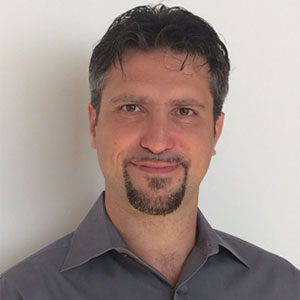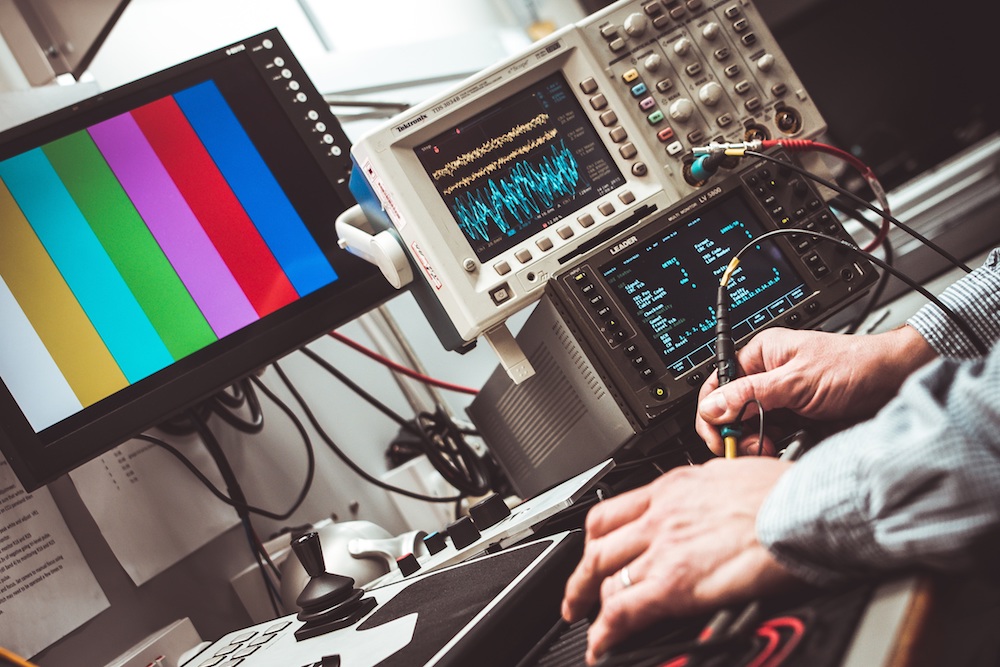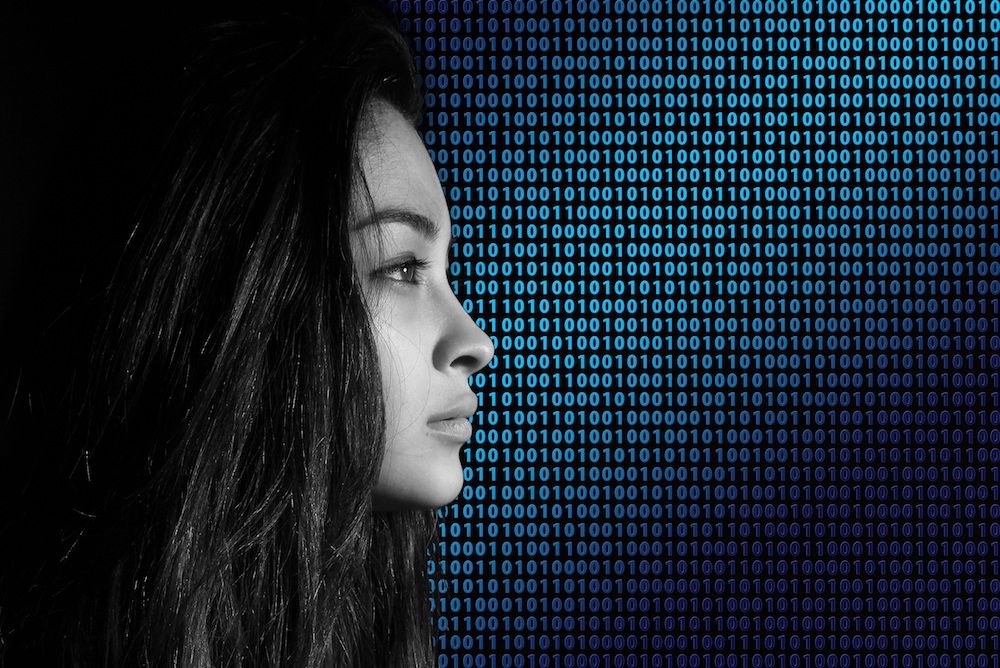1. What were you doing before joining S2DS?
Before joining S2DS in Aug. 2014, I was an astrophysicist at NASA Goddard Space Flight Center in Maryland, USA and the University of Maryland, College Park. I started as a NASA Postdoctoral (2006-2009) and then I continued as a Research Associate / Assistant Research Scientist (2009-2013). The main area of research was the study of the environment surrounding super-massive black holes at the center of radio galaxies and quasars, in particular focusing on the accretion of matter onto the black hole and the release of plasma into outer space in form of collimated jets. I also studied the spatial, spectral and temporal evolution of gamma-ray bursts, gamma-ray novae, and tidal disruption of stars by intermediate size black holes. To achieve this I used data collected by ground- and space-based telescopes from radio, infrared, optical, UV, X-ray and gamma-ray wavelengths.
2. Were you worried about anything before the S2DS course? (eg. your skills, managing your time, getting a job afterwards...)
I had many worries before the start of the S2DS 2014: 1) my skills, because I never programmed in Python or R before (my background was Fortran and Perl) and I never attended any class in statistics or machine learning during my academic courses. I did prepare a little before the start of the program, but nothing beats knowledge through real hands-on experience; 2) the length of the program. I worried that 5 weeks were not enough time to really learn a lot, as there are so many aspects and skills to master to become a data scientist; 3) the type of project. One of the questions I was asked at the time of being selected for the program was which type of company I preferred (big and established or small, like a start-up) to be assigned for the project. There are many pros and cons for both and I was not sure I made the right choice (a big one). And obviously I had no idea which kind of project (which topic to focus on, too difficult, too long, etc.) I would have been assigned; 4) the interaction with the rest of the team.
Not knowing the other team members (their personalities, skills, etc.) was a big unknown and something to be worried about. Indeed you are stuck for 5 weeks with the same group and if you do not match well, the outcome of the program as a whole and the project specifically can be heavily affected.
3. Did S2DS help you to overcome those worries?
Most of my worries slowly faded away when the program started, as I was assigned to an interesting project for a big company and my teammates were absolutely great (we are still in contact). The length of the program and the type of project are sufficient to learn some of the skills to become a data science although you need more experience and knowledge to have a better understanding of what a data scientist has to face in the real world.
4. What first attracted you to Data Science?
I have to be honest: data science was not something I look for in the first place. I was hoping to stay in astronomy when my family and I moved to London but I did not manage to find the type of position I was looking for and in the field of research I was working in at NASA. I even considered applying for (strategic) consultancy jobs, but felt it was something a little too far away from my previous experience. Data science was a compromise but a good one, as I still could use most of my skills and it let me learn so much more.
5. What job did you take following S2DS? Are you still there?
After the final presentation at S2DS 2014, I spent a couple of weeks to update my CV and my LinkedIn profile and stated looking around for jobs. A month after the end of the program I had 8 interviews in two weeks. One of the offers I received was from the company I still work for (after 2.5 years). I analyse social media data (mainly Twitter) to enrich companies’ data and to help them in taking more informed strategic decisions.
6. Are you happy with your decision to pursue Data Science?
Despite I still consider it not my very first choice, I believe that data science is just immediately after and I am happy to have moved into this new field. It is true that I feel I am still behind with respect to scientists whose PhD course focused specifically to data science, but I hope that I will be able to fill this gap with more experience in the next, few, years.
7. What could be easier about the transition? Anything you wish you had known before?
Definitively it would have helped me to take more courses related to object oriented programming, statistics and machine learning to maximize the S2DS program and help to better understand problems and issues a data scientist has to face.
8. What best advice would you give to someone in your situation before you made your transition?
See the previous question(s).
9. Why do *you* think data science is a great career path?
I think that transition to data science has many pros, in particular one can a) use many of the skills s/he learned in her/his academic career, b) get involved in some interesting topics and challenges, c) definitively learn many new things, d) have higher salaries (let’s not forget this very practical pro!!)










Celebrate diversity in data science - tweet your support now to feature here!
Tweet